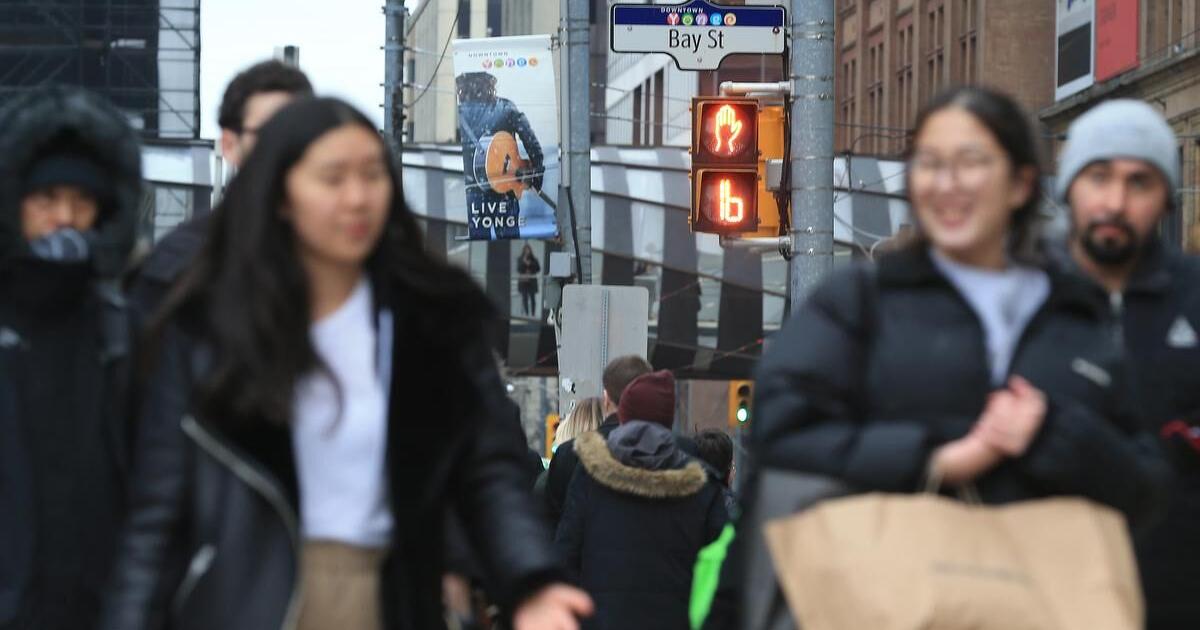yrt+viva=1system
Senior Member
Avenue Rd. between Fairlawn Ave. and Brookdale Ave.This could be one reason why the city does NOT want to clear the snow windrows...
Avenue Rd. between Fairlawn Ave. and Brookdale Ave.This could be one reason why the city does NOT want to clear the snow windrows...
Driving is so hard-wired into American culture, life and institutions, that it’s hard to account for all the ways it is subsidized, preferenced or otherwise favored. But Greg Shill, a law professor at University of Iowa, attempted it anyway.
In a new paper, he lists all the ways the legal system puts its thumb on the scale for drivers to the detriment of everyone else: transit users, cyclists and pedestrians.
“Rules from virtually every field of law that codify subsidies for driving, including dangerous driving, should be repealed,” Shill writes. “These laws are not the root cause of automobile supremacy, but they armor it in law and give it agency of its own.”
How many areas of law? Let Shill count the ways:
Speeding kills 10,000 Americans annually. But while it’s technically illegal, the offense enforced arbitrarily and half-heartedly.
For example, in practice, speeding rules are not enforced unless the violation is in excess of 10 mph over the limit. This is an example of what’s called in legal terms “an insincere rule,” he says, a rule that practically mandates something other than what it states. That approach to speeding “fosters a creeping normalization” of what is in fact a very dangerous activity, he writes.
In addition, other dangerous behavior, like failing to yield to pedestrians is almost never enforced. Shill cites a Wisconsin study showing drivers only yielded to pedestrians 16 percent of the time, indicating that if cops wanted to, they could spend their time doing nothing else but writing failure-to-yield tickets.

the shorter the crossing, the shorter the countdown.
They are designed to stop pedestrians from entering the intersection and not being able to exit it in time before the signal changes.
The problem is that the timer assumes a very slow walker - significantly slower than the average pedestrian, and way, way slower than what someone can do if they need to clear the intersection.
Fines should go for people who fail to clear the intersection in time, let people be their own judge of whether or not they have the time.
Here's my suggestion.^Have to agree with Keenan. Those countdown lights are not implemented consistently. Some lights count down from 25, some from as little as 8 or 9. Some count down to 0 but then recycle back to 'cross'. Their meaning is far from clear.
As a motorist, I appreciate seeing how stale a green light is. Rather than encouraging people to boot it, it helps to anticipate the yellow light, and to make controlled slowdowns instead of facing a snap decision whether to proceed thru the intersection when surprised by a last-second yellow. (Some European jurisdictions have the yellow start flashing thru the final few seconds of a green, which accomplishes the same thing.)
As a pedestrian, telling me I have 19 seconds to cross but I'm not allowed to do so..... piss off. If I have packages or weather conditions are bad, I may choose to wait, but if I feel fit and decide I still have time, so be it. Don't need anyone second guessing me. (If I do end up still in the intersection when the light turns, then sure, ticket me....I deserve that).
- Paul
Here's my suggestion.
The countdown should be disassociated from the flashing phase.
The countdown will now be shown through the walk and flashing phases.
The flashing phases lasts as long as it "normally" takes for able-bodied individuals to dash across the crossing - if it takes 5sec to dash across, then the phase lasts for 5 sec. This will be determined similar to how the countdown time is set currently.
Pedestrian may not begin crossing when the hand starts flashing.
The MUTCD specifies use of a walking speed of 3.5 feet/second to calculate pedestrian crossing time. The MUTCD also states that a slower walking speed can be used if people who walk more slowly or use wheelchairs “routinely use the crosswalk”. This involves engineering judgment. Current research suggests that if there are more than 20% elderly people in the pedestrian stream, a slower walking speed of 3.0 feet/second should be used to calculate pedestrian crossing time.
The countdown can continue to serve as the reference for less-bodied individuals, same as todays. If the countdown begins at 20sec, then it takes 20sec for less-bodied individuals to cross, from start to finish. Using the 20sec as an example.There should be a "flashing walk" phase as well, so that the less-bodied individuals will not start to walk, but the sprinters or racewalkers in us can still start.




